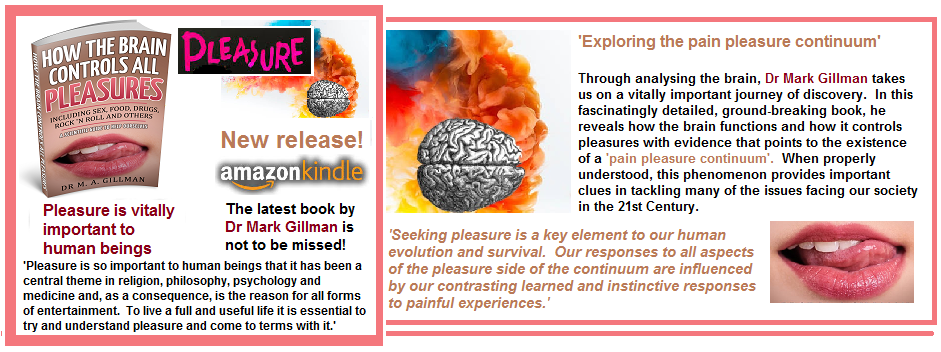Gaseous Neurotransmission : a New Biological Principle
In 1980, investigators at SABRI, following experiments with PAN, suggested that the gas interacted with the endorphin system in humans. In 1981 they postulated that this action was mediated by direct action at the opioid receptor. Two years later, test tube studies using radio-receptor binding techniques showed that nitrous oxide could displace substances like morphine from their receptors. This confirmed the hypothesis and also showed that endogenous oxygen itself could have a role in neurotransmissiona.
These observations were confirmed by workers in the USA in 1989 at the National Institute on Drug Addiction (NIDA). The notion that gases could be involved in neurotransmission was ignored for almost a decade. Then, Professor Solomon Snyder of Johns Hopkins University Medical School observed that another oxide of nitrogen, nitric oxide (NO), was also involved in neurotransmission. Subsequently, Snyder admitted that he was unaware of SABRI’s earlier work on the subject, giving SABRI de facto priority of discovery. Thus SABRI scientists, using nitrous oxide and oxygen, had provided the evidence for a new chapter in the saga of neurotransmission. Indeed, they had uncovered a new biological principle. Subsequently, evidence was published by others, indicating that gaseous neurotransmission might underlie one of the most intriguing scientific mysteries – how the human brain learns and remembers.
SABRI’s in vitro work with nitrous oxide not only showed that gases could be involved in neurotransmission, but also provided evidence for the existence of an endorphin auto-receptor. Auto-receptors are receptors on nerve cells which can limit the release of a particular neurotransmitter from that cell. They are thus important elements of a feedback control which prevents excessive secretion of endorphins. The presence of endorphin auto-receptors was confirmed by Japanese scientists.
Prior to SABRI’s research with nitrous oxide, the majority of workers believed that volatile and gaseous anaesthetic agents exerted their effects by a non-specific blockade of electrical cell membrane conductance and function. And that the only difference between anaesthesia and analgesia was that the concentrations of the agent producing these distinctive states were different. The Institute’s work has therefore provided a scientific explanation for the difference between anaesthesia and analgesia. Now, there can be little doubt that the analgesic actions are receptor mediated, whilst the anaesthetic actions may be mediated by a non-specific membrane perturbation.
Institute scientists have also proposed that nitrous oxide was the primordial opioid substance, which sparked the formation of the endorphin system at the dawn of life.
a Footnote: Neurotransmission is the process by which nerves communicate across the gap or synaptic cleft that lies between them. It is usually accomplished by the release of a chemical by one nerve which then interacts with a receptor on another. Receptors are discrete structure with which pharmacological agents interact to produce a discrete physiological effect.
Click here to get your copy of the latest book by Dr Mark Gillman!

